
In this exciting tour , you will visit Forbidden City , the Great Wall , Summer Palace in Beijing to know about the culture of ancient capital of China; then move to visit the birth palace of the great Chinese philosopher -Confucius at Qufu; continue to Shanxi Province to explore the local Jin culture by visiting Jinci Temple, Piaoyao old town and Wang’s Compound as well as pay a stop at the famous Buddhist mountain--Mt. Wutaishan which is holy mountain of Chinese Mahayana Buddhism.
Arrive at Beijing Capital Airport via flight ( flight number is TBA )
Upon arrival, meet your guide and transfer to check in hotel. Free at leisure the rest time of the day .
Lunch and dinner on your own account
Overnight at Beijing
Firstly stroll on the Tian An Men square. (Located at the center of Beijing City, It is the must place to visit in Beijing City.), Then visit the Forbidden City, the former residence of the Ming and Qing emperors.
Enjoy the Roast duck lunch at Fangzhuang Quanjude Restaurant
In the afternoon, move to visit Great Wall (Ba Da lin section) and take the picture of sunset (The Great Wall (Changcheng), totaling more than 12,000 kilometers, is arguably the most famous image of China throughout the world. It is the only man-made object visible from the moon, and as one of the Eight Wonders of the world, the Great Wall of China lives up to its reputation. As the closest section of the wall to Beijing, Badaling is by far the most popular part of the site to visit).After that, go back hotel.
Overnight at Beijing
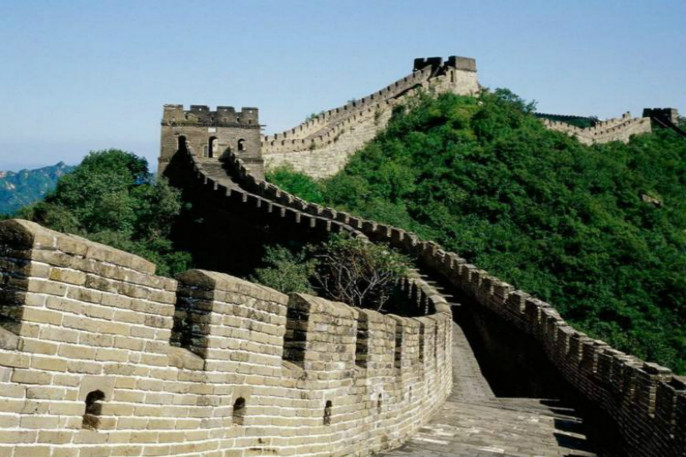
In the morning walk inside the Summer Palace explore such beautifully named areas as the Ordinate Clouds and the Jade Wave. Stroll under the covered gallery winding its way along the north shore of Kunming Lake.
In the afternoon, Visit the Temple of Heaven with its outstanding round shape, covered by an exquisite triple roof of blue tiles. This is where the Emperor used to pray for good harvests.
Then take a Hutong tour by rickshaw. Visit local residents’ home and chatting with the owner of the house. Climb the drum tower and take a bird view of old quarters of Beijing City. Watching the Drum Ceremony Show there.
Chinese lunch at local restaurant and dinner on your own account
Overnight at Beijing
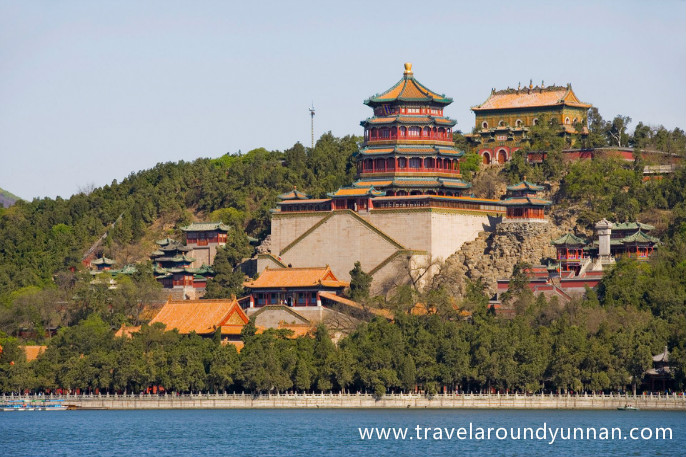
In the morning, pickup from your hotel, then transfer to railway station for train to Qufu. (G 165 8:45-11:10 the 2nd class soft seats)
Upon arriving at Qufu, meet your guide and drive to discover the Confucius Temple (it is a group of grand buildings built in oriental style. It is one of the three largest ancient architectural complexes in China.The Temple started as three houses in the year of 478 BC, the second year after the death of Confucius. Each year as Confucianism became the standard of Chinese culture, the scale of the Temple was expanded accordingly. Later visit the Cemetery of Confucius, also known under its Chinese name Kong Lin, is a cemetery of the Kong clan (the descendants of Confucius) in Confucius' hometown Qufu. Confucius himself and some of his disciples are buried there, as well as many thousands of his descendants.
And the Kong Family Mansion was the historical residence of the direct descendants of Confucius in the City of Qufu, the hometown of Confucius in Shandong Province, China. The extant structures mainly date from the Ming and Qing dynasties. From the mansion, the family tended to the Confucian sites in Qufu and also governed the largest private rural estate in China.
After tour,drive back to railway station for the train back to Beijing ( G148 18:44-20:57 the 2nd class seat)
Pick up from railway station , drive back to hotel
Overnight at Beijing
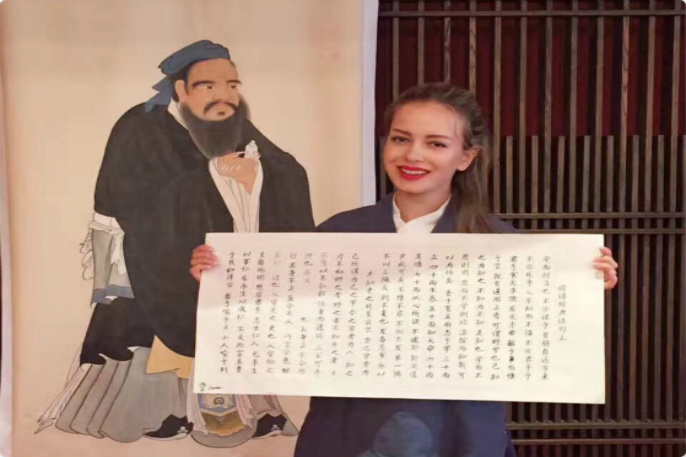
Morning, take the high-speed train to Taiyuan G601 (07:21-10:22) the 2nd class seat
Upon arrival, meeting with your guide and move to discover Jinci Temple (Jin Ancestral Temple) Located 25 kilometers (16 miles) to the southeast of downtown Taiyuan City, Jinci Temple (Jin Ancestral Temple) is a combination of historical cultural relics and beautiful landscapes. The welcoming boughs of a multitude of ancient trees provide an eye-catching entrance. Beyond this, the numerous halls, cabinets, pavilions and bridges are guaranteed to keep any visitor enthralled. Jinci Temple is world-famous because it is an ancient ancestral temple, something which is rare in China. Later , go to visit Tianlong Mountain where you can enjoy the Tang Dynasty sculptures in the mountain caves.
After the tour , transfer to Pingyao ( 1.5hrs ) , check in your hotel in the old town.
Overnight Pingyao
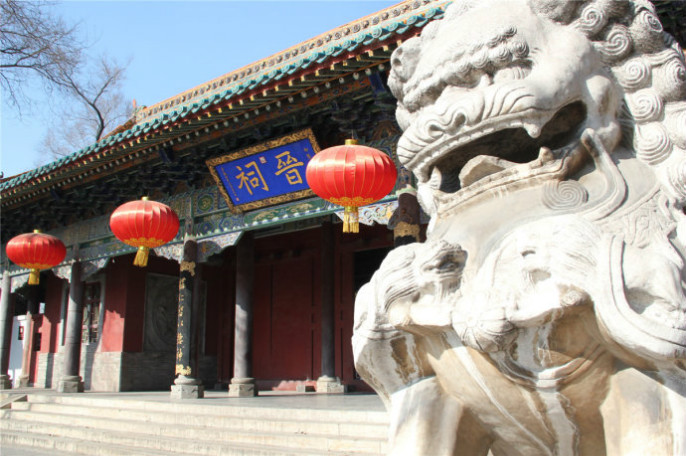
Firstly go to visit Wang’s Compound. (The construction lasted for more than half a century and the building extended over an area of 31,956 square meters (7.9 acres), four times the size of the Qiao compound. Consisting of 54 courtyards and 1,052 rooms, the Wang compound is the epitome of Oriental domestic architecture).
Have a stop at Shuanglin Temple (Shuanglin Monastery, originally named Zhongdu Monastery, is situated about seven kilometers southwest of the ancient city of Pingyao. It has stood there for 1,500 years since the North Wei Dynasty. The most noteworthy artistic achievement in the Monastery is the colored figures which are displayed in ten halls.)
In the afternoon, discover the Ping Yao Old Town (Pingyao, a small city about 90 kilometers (56 miles) away from Taiyuan, the capital city of Shanxi Province, is famous for its well preserved ancient city wall. Paralleling Xian, Nanjing and Lijiang, it is one of time-honored cities that have survived with its ancient walls, which is also subscribed into the World Heritage List by UNESCO.)
Dinner on your own account.
Overnight at Pingyao
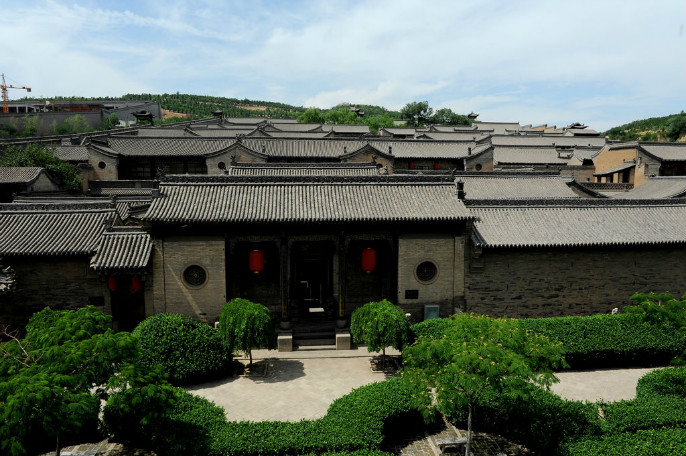
In the morning, free at leisure to walk around the old town on yourn own.
Check out hotel and meeting your guide at lobby, go to have lunch , later drive to Wutaishan. The most holy land of Chinese Buddhism, Mt. Wutai lies in Wutai County in Xinzhou Region, Shanxi Province. It is rated on both the list of the first group of national scenic spots designated by the State Council, and the list of the Top 10 scenic spots in Shanxi Province. It is as famous asMt.Emei in Sichuan Province, Mt.Putuo in Zhejiang Province, and Mt.Jiuhuain Anhui Province, all of which are renowned as the four sacred Buddhist Mountains. It covers an area of 2,837 square kilometers (1,095.4 square miles), and its five main peaks, positioned east, south, west, north, and in the middle, embrace one another with broad and plain terraces rather than forests on their tops. That is why it bears the name "Wutai Shan" (Mountain of Five Terraces).
Upon arrival, check in your hotel located in Mt. Wutaishan
Overnight at Mt. Wutaishan
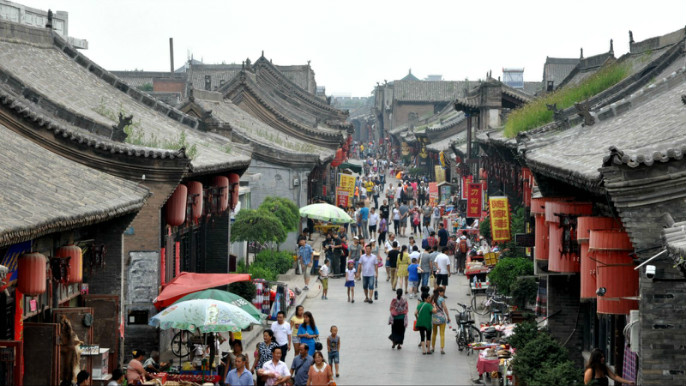
Today make the whole day tour of Mt. Wutaishan including the visiting of Xiantong Temple it has the longest history and is the most prestigious. Now it plays the most important role among the temples, therefore, the Buddhist Association of Mt. Wutai is situated there. And Tayuan Temple The 75.3-meter-high (247-feet-high) Tayuan Temple is the symbol of Mt. Wutai, so it becomes a "must-see". Principally it possesses the white Tibetan-style dagoba also called Dabai Pagoda (Big White Pagoda) , Shuxiang Temple Built in Yuan Dynasty (1271-1368), it covers 6,400 square meters (7,654.6 square yards), and encompasses over 50 palaces and halls. Later stroll in Luohou Temple to the east of the Xiantong Temple, Luohou Temple was set up as a Lamaist temple in the Tang Dynasty. One of its wonders is a wooden lotus-shaped flower. Machinery turns it and the wooden petals open and close. Inside are carved Buddhist figures on a square platform. , Wu Ye Temple is located in scenic spots, Wu Ye also the official name of the temple is the thousand temples. Was not very big, covering only 2,000 square meters, Hall F, Halls, only 20 rooms, but because there Wuye were broadcast far and near the temple and the pilgrims door.
Overnight at Mt. Mutaishan
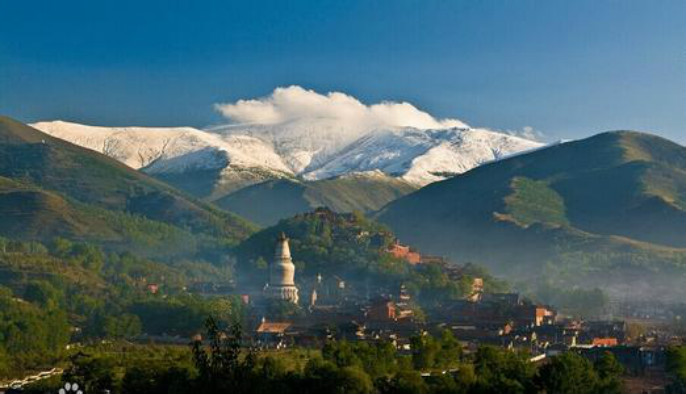
In the morning, drive to Datong , on the way , visit Wooden Pagoda of Yinxian The real name of the pagoda, located in Fogong (Buddha's Palace) Temple in the northwestern corner of the county town of Yingxian, is Sakyamuni Pagoda. Since it was built completely of timber, it has been known popularly as the Wooden Pagoda of Yingxian County. Standing 67.31 meters high, it is the only extant large wooden pagoda in China and also the tallest among ancient wooden buildings of the world.
The most famous scenic spot in Mt. Hengshan, Hanging Temple, has stood at the foot of Mt. Hengshan for over one thousand years. Leaning on the precipitous mountain face and facing a deep valley, the temple was constructed in a unique way, which is the buildings are supported by sturdy wooden pillars inserted in holes cut in the mountain body. Seeing it from the distance you could find it hanging in the mid-air miraculously, hence the name ‘Hanging Temple.
Overnight at Datong
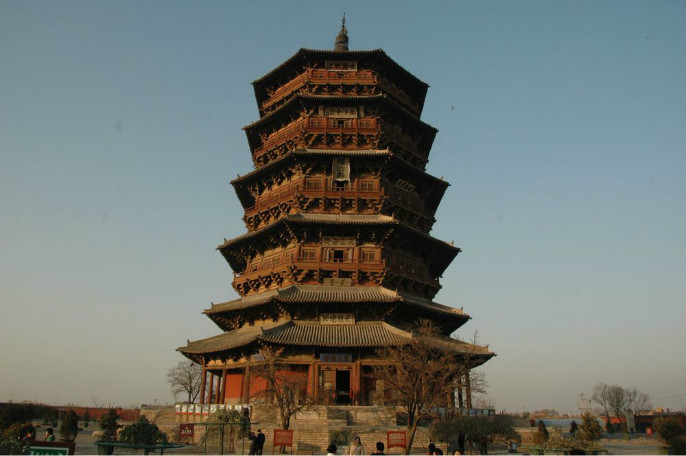
In the morning, visit Yungang Grottoes. It is said that Yungang Grottoes are the best preserved sites in China with 53 caves containing over 51,000 stone carvings of Buddha and Buddhist. Mainly constructed between 460-525 AD during the Northern Wei dynasty, represent exceptional feat of Buddhist cave art in China in the 5th and 6th century. It has got a total number of 53 grottoes consisting of more than 51,000 Buddha statues and statuettes.
Stroll in the Old City Wall of Datong . Then go to visit Huayan Monastery.Built during the Liao Dynasty (907 - 1125), it is the largest and best preserved monastery of the Liao Dynasty in existence in China.
Finally tour of Shanhua Temple in Datong Also named Southern Temple as it lies the south gate of Datong City in Shanxi Province. Shanhua Temple was originally founded during the Tang Dynasty (618-907) but it was destroyed by war at the end of the Liao Dynasty (916-1125). During the Jin Dynasty (1115-1234) it was rebuilt on a large scale. It has been preserved well until now.
Overnight at Datong
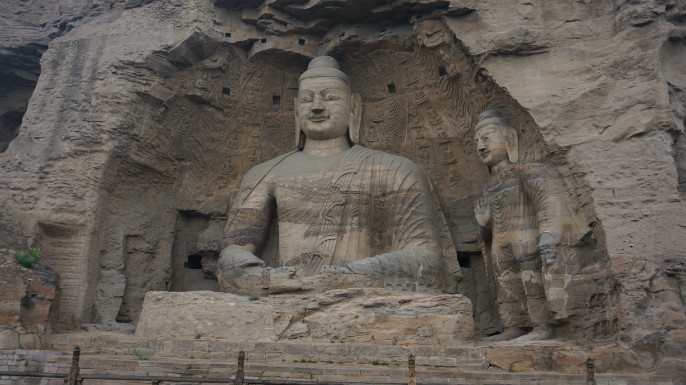
In the morning, transfer to Datong airport for your flight back to Beijing airport CA1120 (08:45-09:55)
Upon arrival, you OWN take the connection departure flight back home